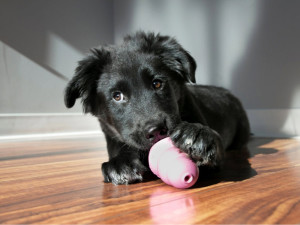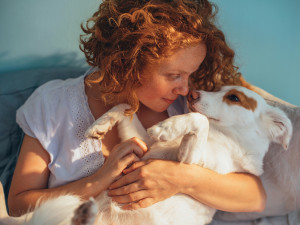How to Introduce Your New Dog to Your Kids
They’ll always remember their first childhood pet – this intro is just the beginning
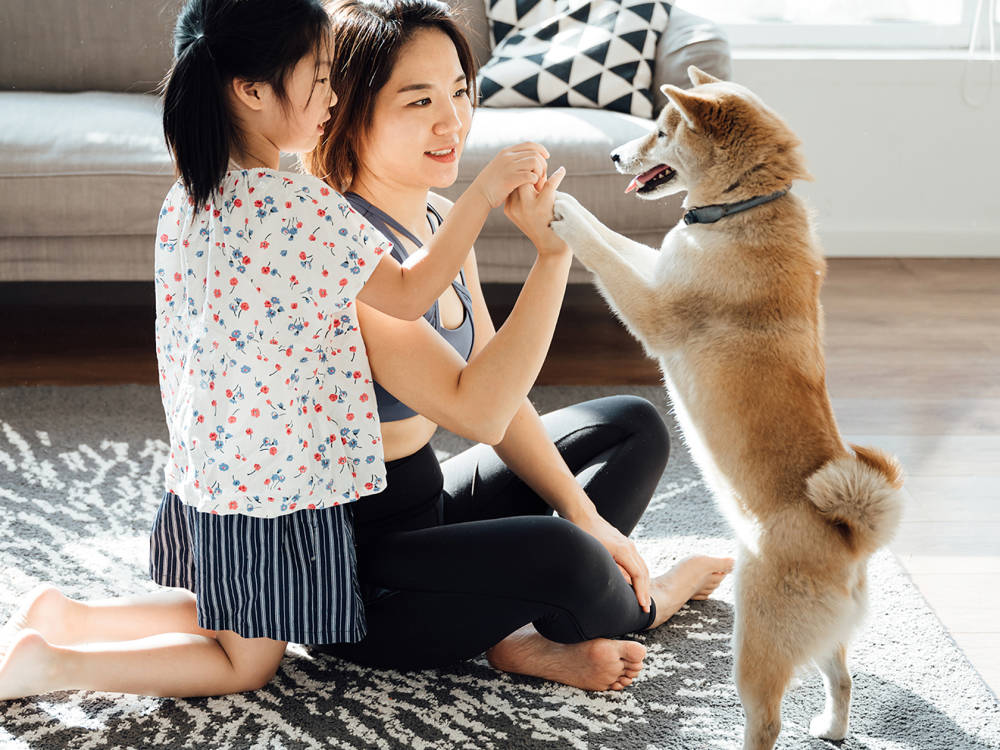
Share Article
Dogs can be the best playmates, sidekicks and companions for kids. And together, they create an endless supply of Instagram-worthy moments. But you know that. That’s why you’re about to grow your family by one dog! The key to kids and dogs forming that one-of-a-kind friendship is establishing trust and respect. Your dog needs to know that they can feel safe and have fun around your child and vice versa. How do you accomplish that? We asked a vet and a trainer to help show you the way.
Parents, it all starts with you
From navigating the first introduction to monitoring your dog’s settling in period to everything that comes after, it’s up to you to set the tone. “First, the adults need to train themselves to do the right thing,” explains Dr Susannah Teran. “They are ultimately responsible for keeping everyone safe and creating a positive environment. Then, if the kids are old enough to understand and follow through, teach them the rules. After that, you can work on training the dog. That’s the mindset to have to be the most successful.”

littleKin™ is Kinship’s home just for puppy and kitten parents. Bop over to check out expert advice, new pet tools, and special deals—all curated for your newest family member.
opens in a new tabMake sure your dog has a safe space
Before your dog comes home, carve out a spot in the house that’s just for them. It could be a crateopens in a new tab or a quiet corner of a room with a dog bed. Tell the kids that area is off-limits to them. (And remember, it’s off-limits to you too.) Your dog will need to know that there’s a place they can always go when they need some alone time. We can all relate.
Take it slow
Chances are, your kids are going to be very excited to meet your new pup. Your dog, however, may be feeling nervous or overwhelmed. “To start, have your dog on a leadopens in a new tab and bring them into one room of the home,” recommends Valerie Peck, a certified trainer with the Humane Society for Southwest Washington in the United States. “Let your dog explore the area slowly. Instead of your kids running up to the dog, wait until your dog chooses to approach them. If you have a baby, you can let the dog sniff some of the baby’s items to get them used to their scent.” While everyone is checking each other out, try to keep the vibe mellow. “If anyone starts getting wound up, it’s time to take a break. I also strongly recommend familiarising yourself with dog body language. Understanding how your dog is reacting will help you make decisions about how to manage the introduction.”
Teach kids how to stroke politely
When first stroking a dog, kids should avoid touching the dog’s head. Teach them instead to stroke the dog on their side or back. It’s also important for kids to understand that stroking a dog is a privilege. It’s up to the dog to decide if they want that kind of attention. Peck recommends teaching kids the two-second rule: “Have your child stroke the dog for two seconds, then stop and wait. If the dog comes back and wants more attention, your child can stroke them again. But if the dog walks away or doesn’t re-engage, don’t force the interaction.” Here’s something that may be hard to hear: not every dog is a fan of being touched. “I always tell parents to show their kids other ways they can engage with the dog. Ideas include playing with toys, giving them treatsopens in a new tab or being the one to set down their food dish.”
Try not to leave toys lying around
Your dog may not want to share their toys with your kids. And your kids may not want to share theirs with the dog. And you probably don’t like stuff all over the floor, anyway. To avoid any confrontations (and tripping hazards), don’t leave toys lying around when no one is using them. But for the inevitable times when your dog does manage to get hold of your kid’s favourite stuffed animal, “it’s beneficial to teach your dog commands such as ‘drop it’ and ‘leave it,’” says Peck. “When starting this training, I recommend having a treat jar in every room of the house. That way, you’ll have one on the ready whenever a teachable moment arises.”
Always, always supervise
As your dog settles into their new home, they’ll start to feel more comfortable around your little ones. Still, dogs and kids need adult supervision long after the initial introduction. “In my opinion, a baby should never be left alone with a dog, no matter how much confidence you have in your dog,” says Dr Teran. “Same with a toddler. Despite your best efforts to teach good habits, toddlers and young children can’t be trusted to do what they are supposed to. It’s up to the parent to actively supervise when kids are interacting with the dog.”
This is pretty important stuff, but if you nail the intro, your child and pet will be inseparable in no time.

Kate Sheofsky
Kate Sheofsky hails from San Francisco, where she developed a love of writing, Giants baseball, and houses she can’t afford. She currently lives in Portland, OR, and works as a freelance writer and content strategist. When not typing away on her laptop, she enjoys tooling around the city with her two rescue pups searching for tasty food and sunny patios.
Related articles
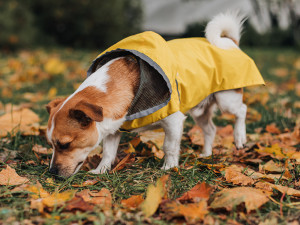 opens in a new tab
opens in a new tabWhat Can Your Dog Smell?
There’s a reason that sweet little nose is always pressed to the ground
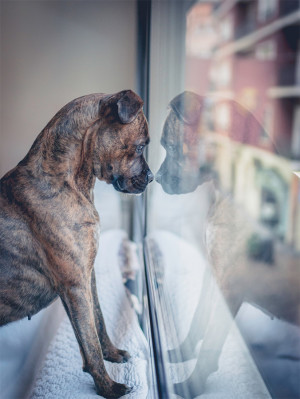 opens in a new tab
opens in a new tabWhat, Exactly, Can Dogs See?
Those soulful eyes mean everything to you – learn all about them
 opens in a new tab
opens in a new tabDo Essential Oils Pass the Smell Test?
A psychologist explains how stimulating scents can influence a dog’s behaviour
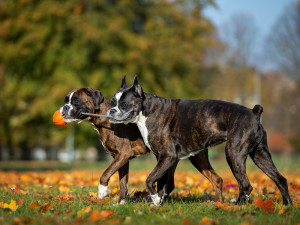 opens in a new tab
opens in a new tabDocked Tails Play a Role in Dog Communication
Looks aren’t everything, but they can talk
 opens in a new tab
opens in a new tab10 Non-Toxic and Dog-Safe Houseplants
Brb... running out to buy air plants and succulents
